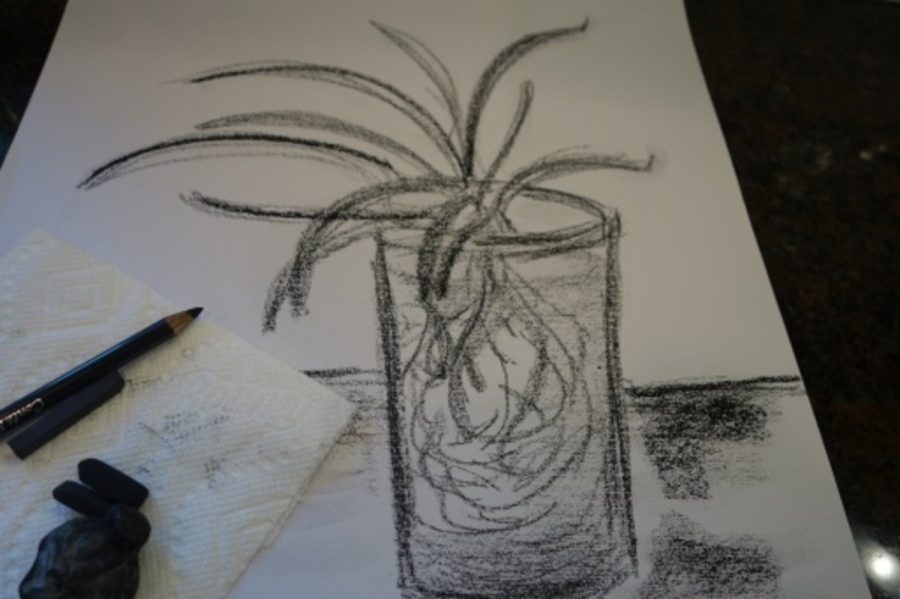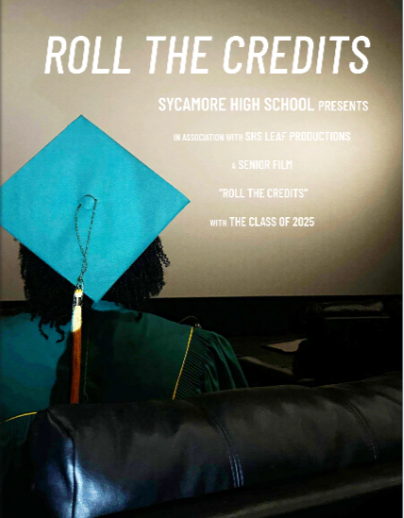Learning to draw with charcoal
A charcoal drawing of a spider plant is shown above. The charcoal makes a great contrast in the lights and shadows of the piece. This sketch took less than five minutes to create, making this an excellent medium for quick sketches.
January 22, 2015
Art students are encouraged to start with this easy-to-use medium. Charcoal is versatile and can cover large surfaces effortlessly.
“Charcoal is a quick way I use to effectively draft my preliminary sketches,” freshman Tha Par said.
Cavemen used to draw with burnt sticks that resembled charcoal. Today it has transformed into compact porous sticks and pencils. These sticks are very delicate and can easily break apart.
“I love using charcoal because I can do so much with one stick. Sometimes I break it in parts and use the sides for shading,” Par said.
Various thickness and darkness can be made with charcoal, letting the artist create basic or realistic drawings.
Mainly classified under two groups, stores sell hard and soft charcoal. Hard charcoal comes in H3, H2, and H1. They are used if you want more definite lines.
Soft charcoal is darker and easier to smudge. Pencils for soft charcoal are B2, B4, and B6. HB is the thickness between hard and soft. An HB stick helps bridge smooth, soft shadows to hard, defined lines.
Charcoal does not require a special paper like many other paint mediums. Many artists that use charcoal prefer newspaper paper because it is more economical and can be found in many sizes.
People can erase charcoal easily; kneaded erasers or any soft eraser work well. A cool technique to try is doing a reverse drawing. This is making a white drawing on a black background.
First, cover the whole piece of paper in charcoal. Then, use an eraser to reveal the whiteness of the paper underneath and make the drawing.
“Sometimes I like to buy black paper and draw with white charcoal on it,” freshman Kate Willis said.
Charcoal can be very messy, so set up a newspaper under your drawing and have paper towels ready to wipe your hands.
For best results when using charcoal, start the drawing with rough geometrical shapes to set proportions and plan your drawing. Then, create contours to define a smoother outline of your images.
After that, consider the lighting of the picture, and add shadows to the objects in the piece. This makes the piece more realistic and 3D. Finally, draw any desired details in the picture.
Charcoal is a great technique for beginners because it is so forgiving. Try charcoal for your next drawing.



![Mock Trial members from Gold and Green team last year pose for a picture in front of the OCLRE building in Columbus. "We all put in so much work [last] year. I know [this] year we’ll come back improved and ready to win!” said Ogunbodede.](https://shsleaf.org/wp-content/uploads/2025/10/IMG_4121-300x205.jpg)



